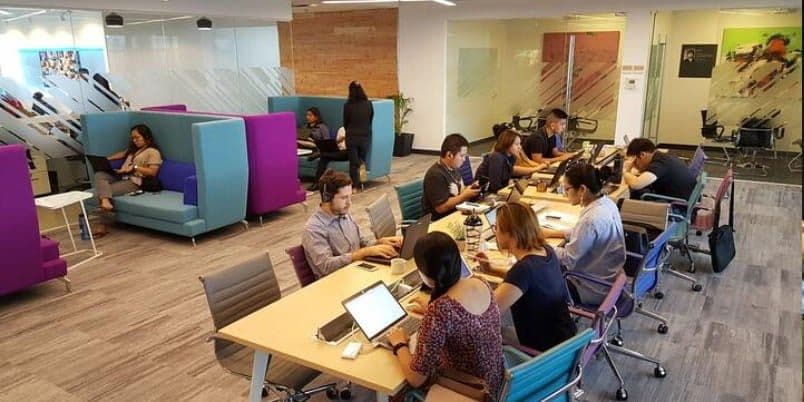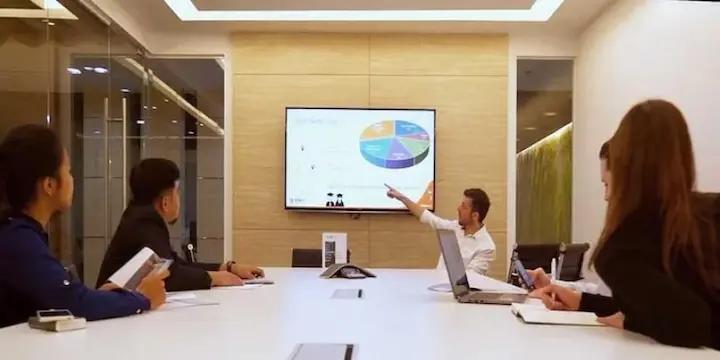Flexible Workspace: The New Standard For Offices
By Kyle Edriel Tomagan | 06/27/2019

The flexible workspace trend is no longer just an alternative way of designing offices; it is now an industry in itself. The rapid evolution of “flexi spaces” has revolutionized the way that today’s labor force works, becoming the ideal workspace model.
In the Philippines, however, only the central business districts (BGC, Makati, Ortigas) have adopted flexible office spaces while lesser business destinations have stuck to the traditional office model.
But the recent emergence of flexi spaces in QC and Mandaluyong show that lesser developed CBDs are now embracing the flexible office space industry, and so should every business owner out there.
Flexibility is the Future

The main problem with conventional offices is the lack of workspace options. For instance, many startups usually lack large upfront capital to afford a private office. Meanwhile, companies that are scaling up or down require a space that adapts to these headcount needs.
Flexi workspaces fix that problem by allowing clients to move into smaller spaces when they have a decreasing headcount or migrating them into bigger spaces if their office population is increasing.
Traditional Offices Are Declining
Companies worldwide have begun to favor the flexi space over boring, cookie-cutter offices. 58% of common office spaces are empty and industry insight shows that this statistic can only rise further over the years.
Evolving cities have even begun attracting MNCs and startups to occupy office space for lease by having a multipurpose workspace. The rise of the Zeta and Sheridan towers in QC and Mandaluyong respectively provides those cities with the means to attract both MNCs and startups that want to operate in a city with relatively cheaper office space lease rates.
Attracting And Retaining A Young Workforce
A global workspace study reveals that the productivity of today’s workforce is partly dependent on their work environment. More Millennials are entering the corporate world, and in the U.S. this cohort represents the largest group of employees in the labor force. As Millennials now dominate the workforce, adjusting to their needs is the key to hiring and retaining them.
Better air quality, aesthetic interiors, natural daylight, and vegetation are all present across flexible workspaces, making these environments an overall better option than traditional offices.
Of course, adopting modern design principles doesn’t just appeal to the Millennials, it’s also a good way to keep older employees around.
Considering the steady collapse of the traditional workspace, shifting towards multipurpose offices is the most practical decision. Fortunately, it just so happens that KMC is releasing new serviced offices and coworking space for rent in Quezon City, Mandaluyong, and Pasig that are perfect for both startups and multinationals.